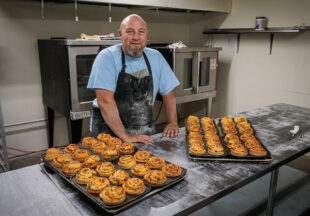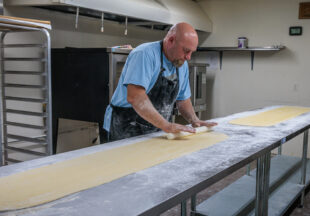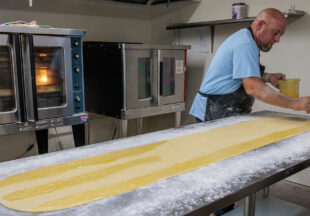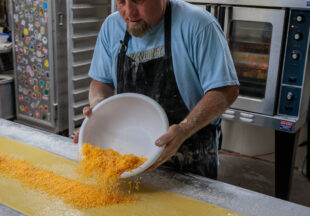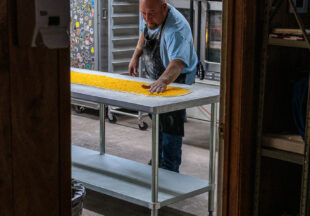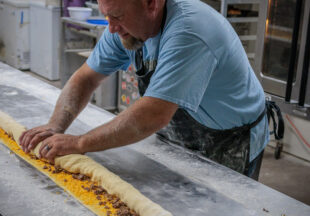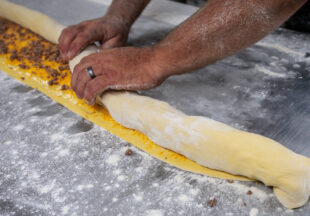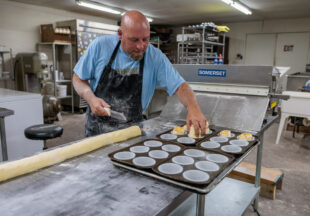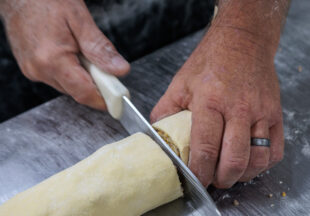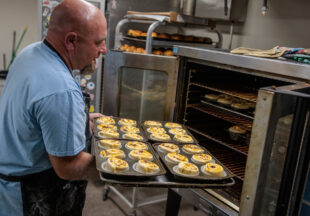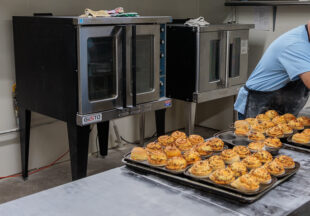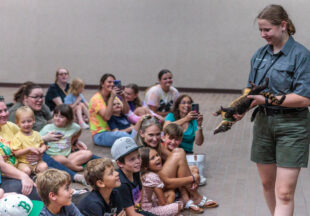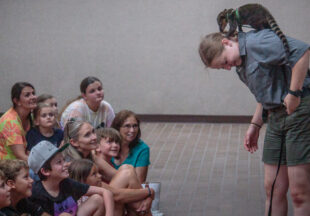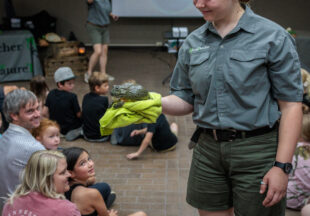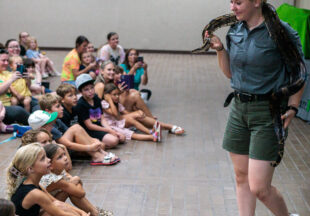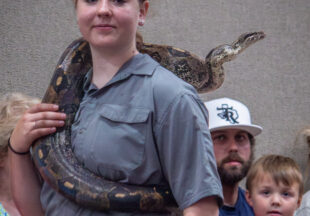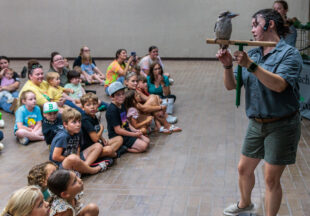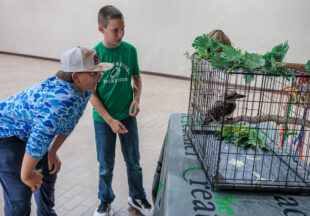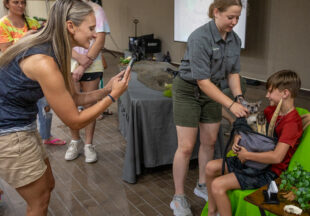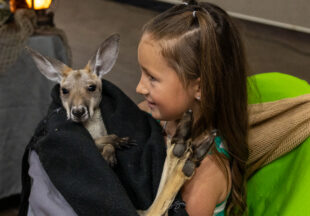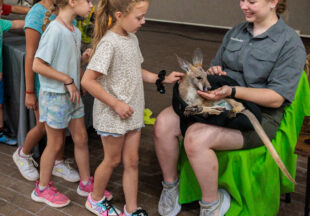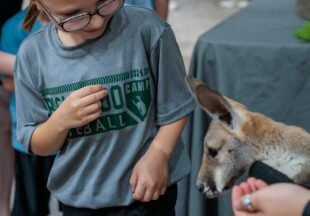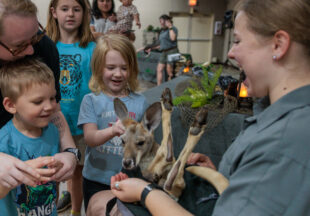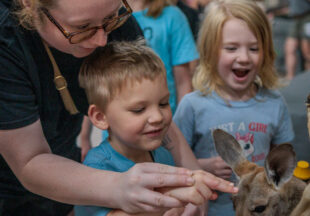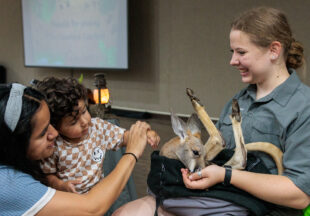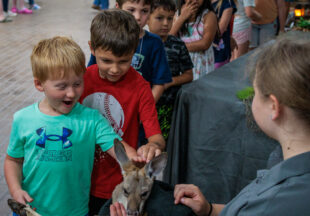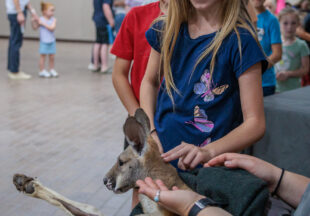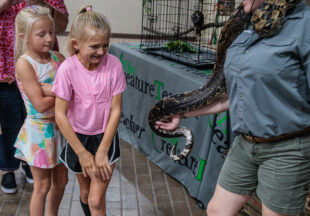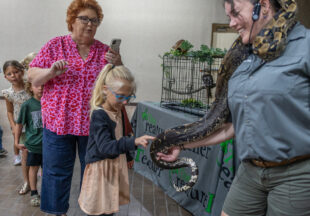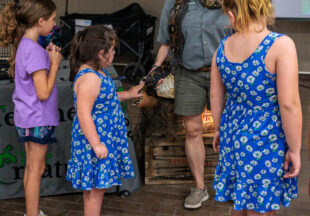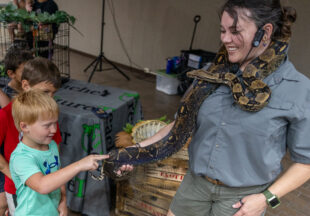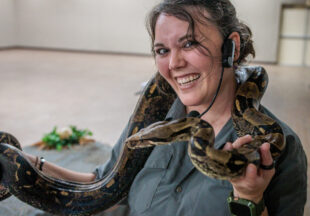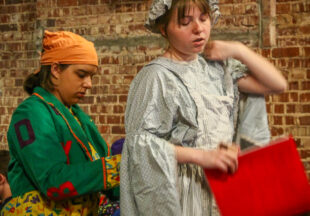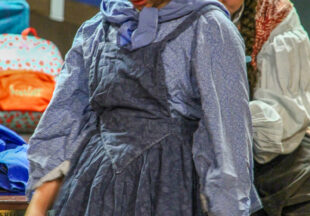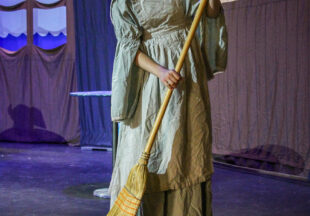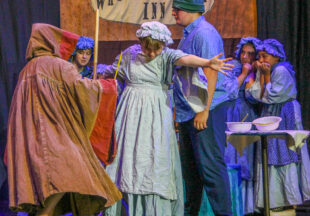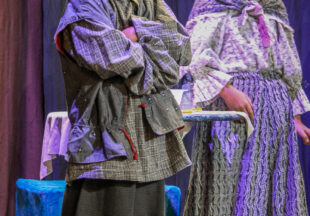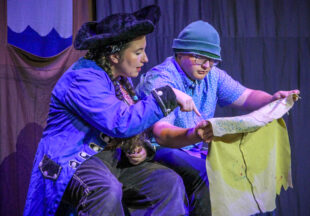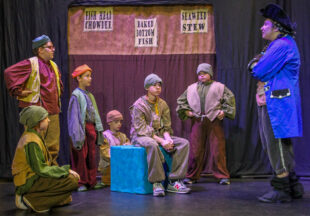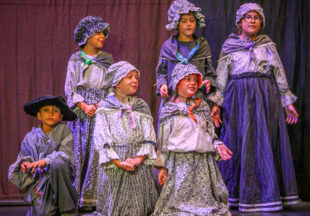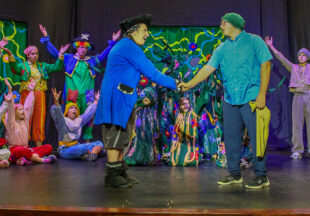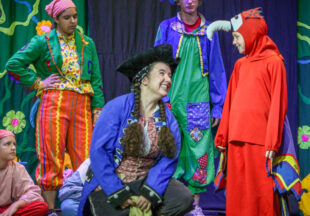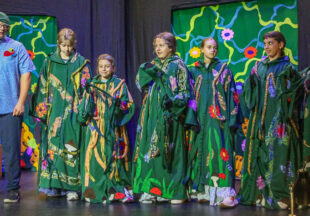Stephens County Chronicles: Early settlers paved the way for generations to come
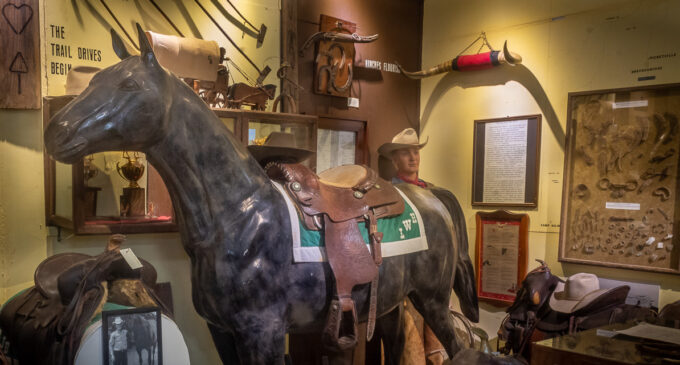
By Jean Hayworth/Breckenridge Texan
Ranching has always been a large part of the early attraction to the Texas frontier by those brave pioneers who ventured westward. They were drawn by the wide-open pastures to graze their cattle unhindered by limited space or any fencing. The land was cheap for $10 an acre or the railroad land as low as $4.50 an acre. However, if the would-be rancher or farmer was really poor, he could lease land for 10 cents an acre.
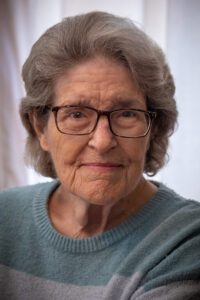
Jean Hayworth
Prior to 1860, some of the earliest pioneers had Land Grants under the Peter’s Colony contract to populate Texas. Others may have had a Land Grant awarded for various other services.
There were a few different waves of migration to the Texas frontier, including those pioneer settlers who arrived prior to 1860, as threats of a Civil War began to surface in the 1850s.
Phoebe and Harvey Boggs and their three sons had a Land Grant for 640 acres for their services in another county. Unfortunately, Harvey died in 1852, either right before they arrived in Buchanan County (which is what Stephens County was known as before 1861) or shortly thereafter. Phoebe and her sons elected to stay for their combined 640 acres. Her tombstone is one of the few that have survived in the Picketville Cemetery.
Picketville was one of the first pioneer settlements in Buchanan/Stephens County. A local rancher, Bill Picket, may have been responsible for the name of the small village.
However, the name could also have come from the types of houses he helped build. The small tree limbs, found along the creek bottoms, were lined up in a deep trench. Then, the builders would chink both sides with mud and small pebbles found in those same creek bottoms. Large limbs were woven over the roof and covered with dirt. The floors in these early houses were usually dirt, or in some cases wide planks were used. There was always a fireplace at one end of the structure for heat and some cooking. However, most of the cooking was done outside over an open fire. Buffalo hides were hung over the doorways or on the floor for warmth.
G. W. and Levi Current, James and Temperance Schoolcraft, D. Wash Hullum and the Carpenter brothers were all on hand to help build those early houses. Other early arrivals at Picketville included James C. and Amanda Bargsley, William Veale, George Wagner, J. G. Downing, John Hitson, John Baylor, Robert Owings and J.J. Bragg. Thomas and Kitty Anderson settled about 20 miles south of Picketville, and H. K. Keith, settled in the southern part of the county. Also, Claude W. and Clara Colwell and W.W. Ray came prior to 1860.

A display in the Swenson Memorial Museum in Breckenridge shows some of the household items that early pioneers would have used. (Photo by Tony Pilkington/Breckenridge Texan)
A couple of the earliest ranchers to this part of the Texas frontier was William and Cynthia Cantrell, who were here by 1850. The 1860 census listed their sizable herd of cattle. Their ranch was mentioned in the book “Interwoven” by Sally (Reynolds) Matthews. Ranchers C.C. Cooper and John C. Lynch were also well established along Hubbard Creek with their ranch.
Lynch had gone to California for the Gold Rush in 1848, but was on his way back when he met Dr. Peter Gonsolus and his family in El Paso. Lynch quickly fell for the Gonsolus’ oldest daughter, Fannie, who he subsequently married. Lynch convinced the good doctor to return with him to this area for the cheap land and fertile soil. That entourage arrived back here in Buchanan/Stephens County by late 1850.
There is a story to be told about Dr. Peter Gonsolus, which stretched into quite a tale. Gonsolus was said to have had several wives and more than 50 children. Suffice it to say that after careful research, I can set the record straight – he had five wives, three dying in childbirth, and 11 children. He and his fifth wife and his children settled on Duck Creek, which was later changed to Gonsolus Creek in his honor. The couple added another three children of their own.
A second wave of migration occurred during the Civil War years (1861-1865) and on until about 1867. Most of those immigrants were fleeing the ramifications of the war and many of their farms, plantations and homes had been destroyed during the war. Lizzie Nelms arrived in 1863 and settled in the Wayland area, where several families began to raise cotton on their farms. Dr. D. G. Rhodes also arrived in 1863. Additionally, the Funderberg brothers, which included K.H., George and John, came to Stephens County.
W.E. and James Browning and two sons arrived and were some of the early ranchers. One of the sons was lost to an “Indian attack,” which was prevalent in this area at that time. Others who arrived about 1861 include J. D. Carlisle and E.L. Christesson.
Sam and Susan Newcomb were settled in the northwestern part of Stephens County as early as 1864. They both kept diaries as they and 25 other families “forted up” at Fort Davis. A lot is known about their life on the frontier from their daily diaries. When there were attacks by the American Indians in the area, the families would “fort up” in some kind of barricaded enclosure. Some horses and a few head of cattle would be stolen during the raids.
In 1846, almost 20 years before the Newcombs arrived, Captain Randolph B. Marcy led an Army surveying contingent that mapped out the western frontier. He returned in 1852 to do more survey work and to secure his own land along the Clear Fork. Capt. Marcy returned for a third time in 1871, with General William Tecumseh Sherman to assess the “Indian problem” on the frontier, after many had complained to Washington D.C. about the conflicts between the native people of the area and the immigrant pioneers along the frontier. Their Army contingent missed the Warren Wagon Train Raid in Young County by a day, when a group of Comanches and Kiowas attacked the wagon train hauling supplies to the forts, killing seven men; three to five men escaped. Sherman ordered the leaders of the raiding party arrested; one was killed trying to escape and the others were convicted of murder but later paroled. Most such attacks and other conflicts ended in the late 1870s, when the Comanche and Kiowa people were sent to the Oklahoma Territory.
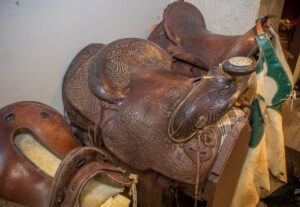
The Ranching section of the museum displays several saddles and other cowboy-related items from early residents. (Photo by Tony Pilkington/Breckenridge Texan)
Despite the threats at the time, a prominent third wave of migration came in 1874. J.J. “Jack” and Susan Robertson arrived with their three-year-old son, Sterling Price “Buck” Robertson. He had been born in a blacksmith shop in Hopkins County. Jack first took his young family to Eliasville with the Donnell clan but subsequently returned to Crystal Falls, along the Clear Fork of the Brazos River. The Robertson clan set about to gather ample acreage to establish a large herd. Later, Jack Robertson established a Mercantile Store in Crystal Falls with another pioneer rancher, who had settled his extended family on Buford Creek, in 1876, and established the Muleshoe Ranch.
William Henry Harrison Black and wife Sarah arrived with 1,000 head of cattle, 500 horses and five wagons carrying his family, brother George and family, brother John and family and their mother, Martha (Foree) Black, and sister, Sarah E. Dodds and her children. Henry Black and his mother immediately purchased four sections of land along Buford Creek, which also had three houses built. The Black clan also had their own chuckwagon. One of Henry’s daughters, Lizzie and her husband, along with his sister, Mary Ellen Holt, had remained behind on the 800-acre farm in Fannin County, on the Red River, to help keep the Black farm going.
The Muleshoe Ranch included several cowboys to manage the cattle and horses. They included brothers, John, Amos and Bill Atkins, Bidley Wilson and Will Ackers. Neighbors of the Blacks included other ranchers who had arrived in the third wave of migration and included the families of Joe Watkins, Jesse Addington, Jim Williams, Dock Deaton, the Hudsons, McBee and Bill Bales. Additionally, Dr. John Ball and family had also settled at Crystal Falls.
Peter and Christina Swenson and his brother Nelse arrived from Minnesota, by way of Bosque County, to an area south of Caddo. They had their three children, Nellie, Selmar and Clara, in tow. The Swenson brothers leased land for 10 cents an acre and began to raise sheep, which did not set well with the local ranchers. Swenson was the first to put up barbed wire to enclose his herd of sheep. One night, some local, hooded ranchers visited the Swenson cabin in an attempt to intimidate them enough to pack up and leave. Christina went out to stare them down and impress on them that the Swenson family was not going anywhere. Eventually, Peter, Nelse and Selmar began to raise stock cattle, but it was the sheep that helped the Swenson clan purchase more and more land south of Caddo that became known as Swensondale.
In 1907. Peter Swenson built a two-story mansion with a wide, wrap-around porch. This house can still be seen on CR 102, about two and a half miles south of the roadside park located five miles east of Breckenridge. The couple that now owns the house are attempting to restore the historic house.
A large influx of pioneers arrived in the late 1870s and the 1880s, which included the Hill brothers, J.W. and S. H. Hill. Others who arrived included W.E. Harris, J. F. Davis, W. Corbett, J.M. and Harry Cook, the Copeland family and the Ward brothers.
The Swenson Memorial Museum, named after the Swenson family, has a large barbed wire collection, donated by the late John Williams, and several saddles donated by local ranchers. Also, a woman’s side-saddle is on display. Additionally, the contents of a typical chuckwagon that would have been used on the historic cattle drives to Dodge City, Kansas, on the Goodnight-Loving Trail, and to other areas beyond Stephens County. There also is a large drawing on the wall of the museum’s Western Collection that shows the early ranches in Stephens County by 1876. By 1880, there were 34,776 head of cattle in the county and more than 9,500 head of sheep. The museum is located at 116 W. Walker St. Click here to visit the museum’s Facebook page.

A section of the first barbed wire fence put up in Stephens County is on exhibit at the Swenson Memorial Museum, along with hundreds of other examples of barbed wire. The initial fencing was opposed by local ranchers who were used to letting their cattle roam free. Eventually, practices changed and barbed wire became accepted. (Photo by Tony Pilkington/Breckenridge Texan)
Cutline, top photo: The ranching exhibit at the historical museum in Breckenridge displays many of the tools of the trade that cowboys used in their daily lives minding the cattle. (Photo by Tony Pilkington/Breckenridge Texan)
Editor’s Note: Stephens County Chronicles is a twice-a-month column written by long-time Breckenridge resident Jean Hayworth. Click here to read more about Jean and read other installments of the Stephens County Chronicles.






